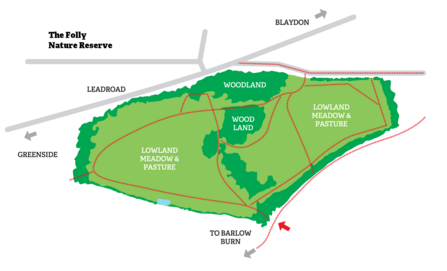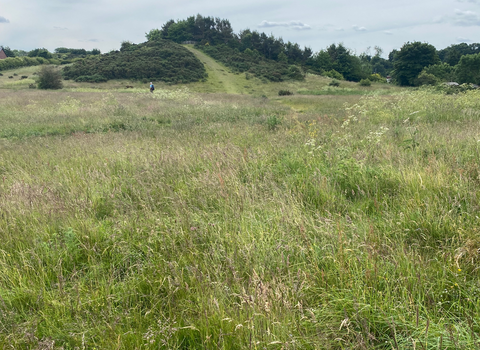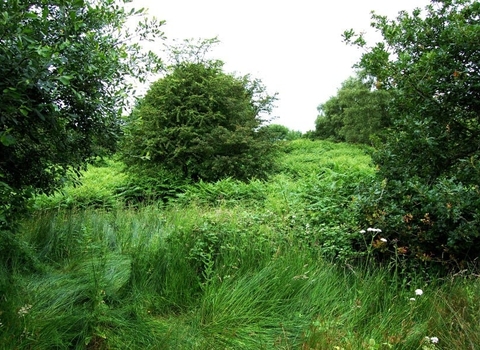Know before you go
Dogs
When to visit
Opening times
All the timeBest time to visit
Best in June, July, August for the grasslandAbout the reserve
History
From the early 20th century, The Folly was at the heart of an industrial landscape. The nearby Greenside Colliery, which operated until 1966, was one of several in the region that drove industry, created employment, and grew local villages with an influx of labourers. As a sand quarry, The Folly provided the raw materials needed by local businesses thriving in this period. Operating up until the 1980’s the quarry transitioned to a become landfill, gradually being infilled and capped over the next 12 years to form the topography that we now see.
Habitats Although the habitats created since the restoration of the landfill site are still relatively young, they represent a number of priorities for nature conservation. The grassland, which accounts for the majority of the site, supports plants and insects threatened due to the huge loss of flower rich meadow across the UK. Meanwhile, the blocks of broadleaf woodland, mix of established and newly planted hedgerow, and the seasonal pond, contribute to a mosaic of ecological habitats that support a broad range of wildlife.
Species
From spring, the meadow begins to put on a show. The abundant primrose and cowslip come through first, and then as the summer progresses, other flowers like bird’s-foot trefoil, meadow vetchling, hawkweeds, common spotted orchid, harebell and agrimony contribute the display. Common blue, ringlet, and meadow brown butterflies flit between flowers, as does the six-spot burnet moth which moves with a hovering flight. Ground beetles scurry about below the grass, which is also utilised by nesting skylark. Kestrel routinely patrol the air overhead, while bullfinch are particularly conspicuous in hedgerows during the winter. Curlews and lapwing, utilising the Tyne, can been seen and heard making their way back and forth as the tide ebbs and flows pushing them off the river’s mudflats.
Management
Durham Wildlife Trust manage the site on behalf of Gateshead Council. Maintaining the grasslands involves a combination of grazing and annual mowing of the fields to help prevent any single species becoming dominant. Both of these activities are left until late in the year to give flowering plants the opportunity to go to seed. Hedgerows are cut periodically to help them remain thick and healthy.
Species
Contact us
Environmental designation




